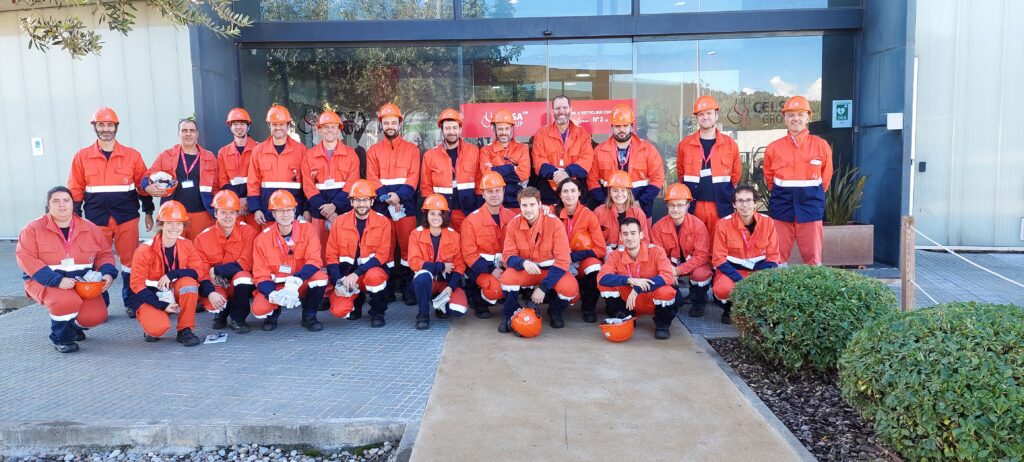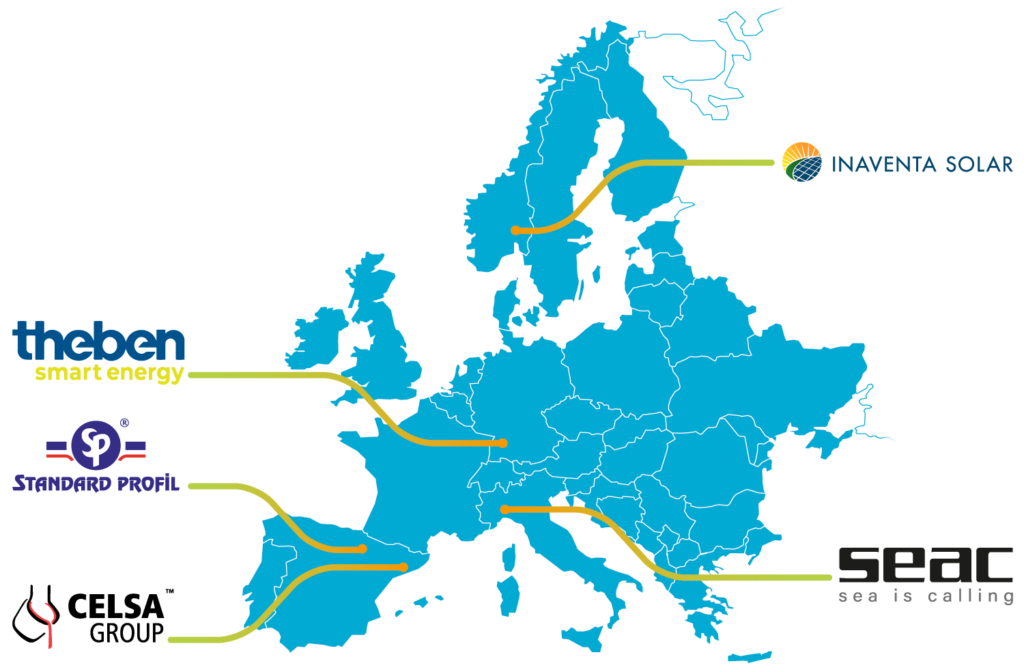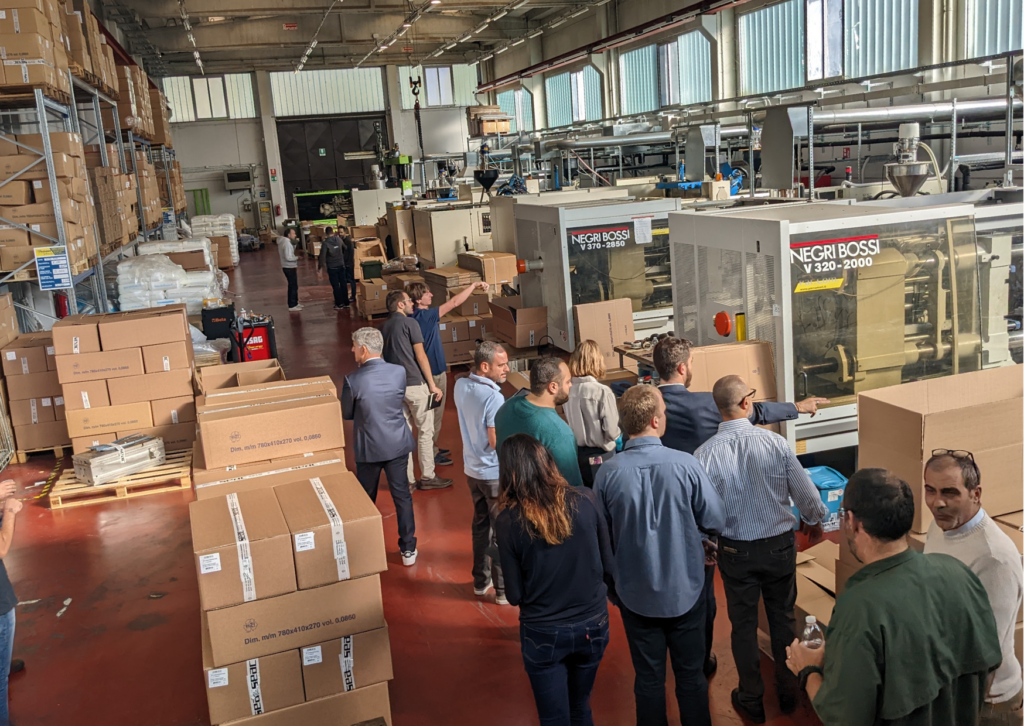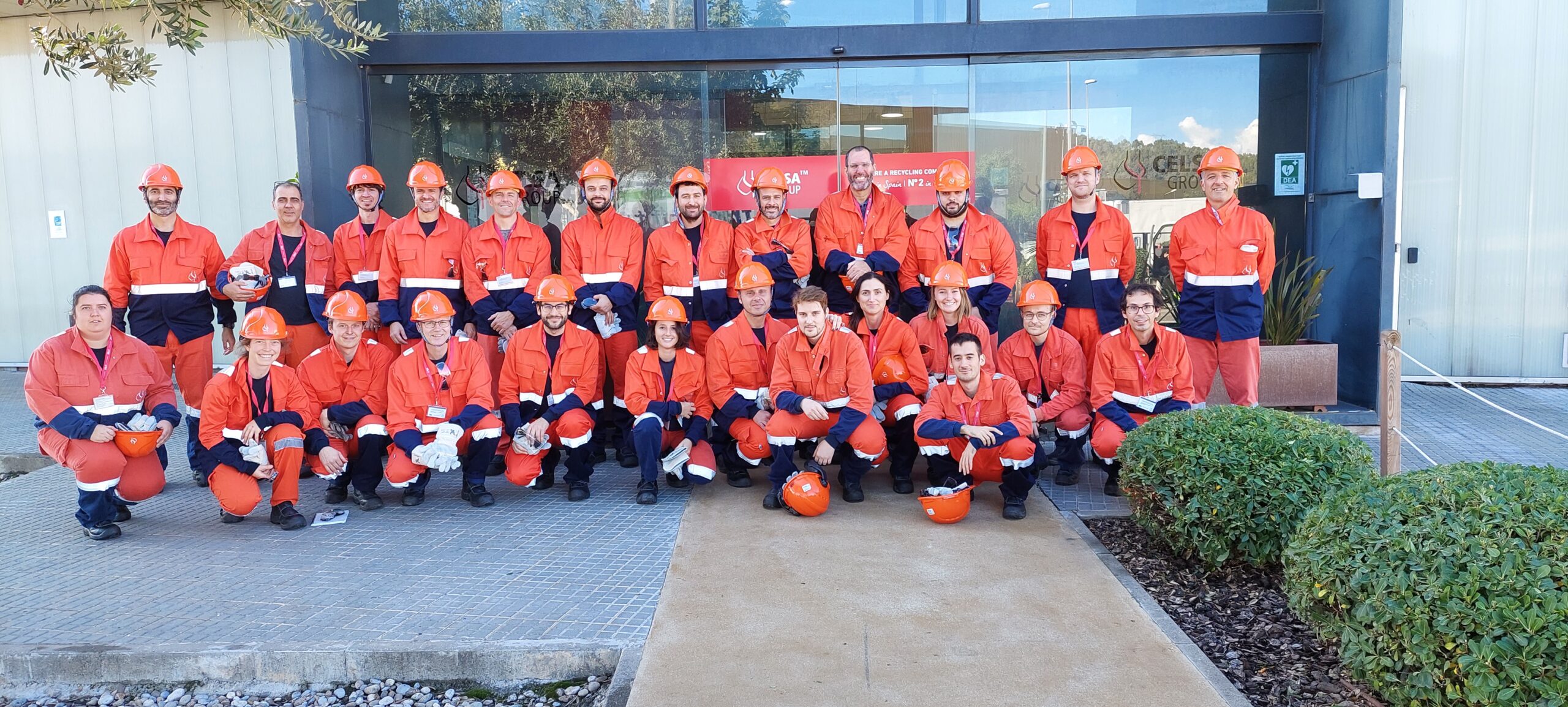Summary
In October and November 2022, site visits of the five industrial use cases of the FLEX4FACT project were held to bring project partners together and foster knowledge exchange. The main objectives of the site visits were to define the initial phase of the five industrial use cases of CELSA, Standard Profil, Inaventa Solar, SEAC and Theben and to map the manufacturing processes and constraints, the linked challenges and objectives.
Use case visits kicked-off the FLEX4FACT technical activities


Five industrial use case sites are involved in the project: CELSA and Standard Profil from Spain, Inaventa Solar from Norway, SEAC from Italy and Theben from Germany. The industrial companies represent a great variety of industrial products and processes: CELSA is involved in a very energy-intensive industry producing steel products, Standard Profil develops and produces automotive sealing systems, Inaventa Solar is a solar collector manufacturer, SEAC produces diving and snorkelling equipment and Theben is a company specialised in electronic switches. Detailed information on the use cases can be found here (Weblink).
One of the first task of the project was to gain a better understanding of the companies and their production facilities in order to construct the FLEX4FACT reference system architecture. It is key to have a full picture of the existing challenges and solutions to be deployed at each use case site. Therefor site visits were organised very early in the project to allow partners to get to know each other and have a precise view of the facilities that will serve as test beds. Each site visit was scheduled for a full day and was divided into several presentation and discussion sessions. The project partners used the time to map the production processes and identify the manufacturing flexibilities of the industrial sites. Furthermore, the modules and system boundaries were defined, and challenges and goals for the industrial use cases within the project were discussed. If you wish to get an insight into a site visit, you can have a look at the short video produced during the Inaventa Solar visit (Weblink).
The information gathered during the site visits and data provided by the use case partners will be used to develop three main modules for each use case: 1. a Cyber physical system (CPS), one or several digital twins, which are a digital representation of specific production processes, 2. an IT architecture and platform composed of new software to exploit local flexibilities as well as 3. an industrial energy ecosystem, a decision support tool supporting the integration of renewable sources. We will soon publish more news on the technical activities of the project and the results to be produced. So keep tuned.

